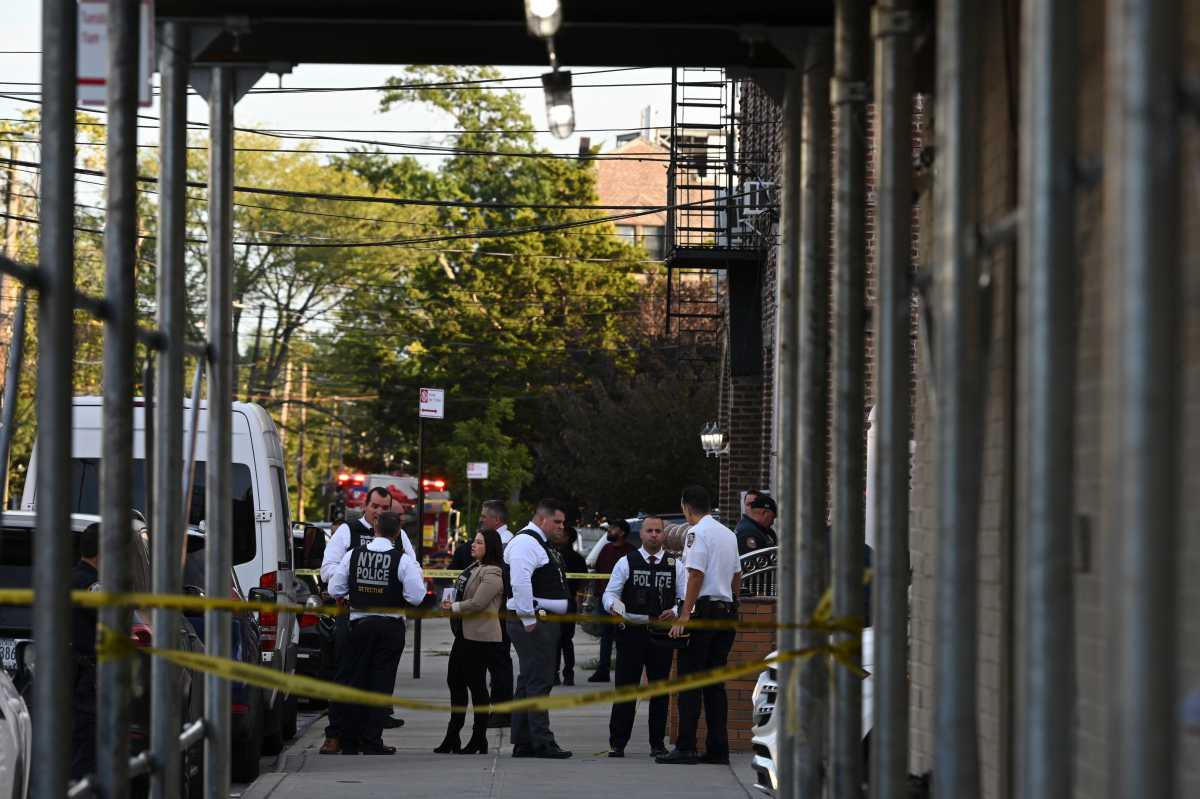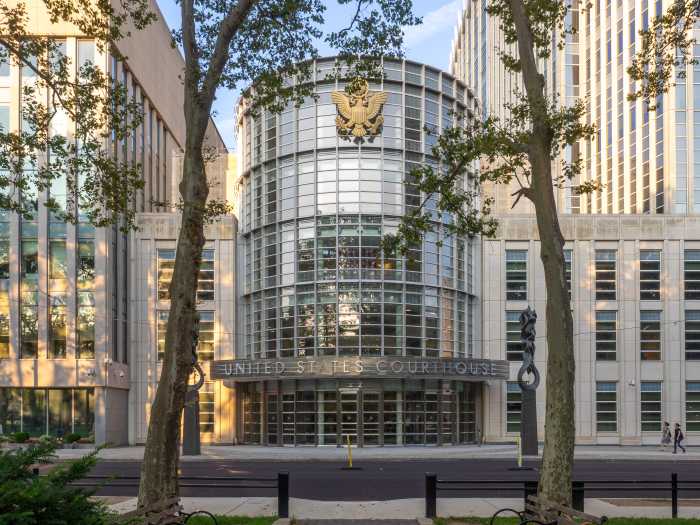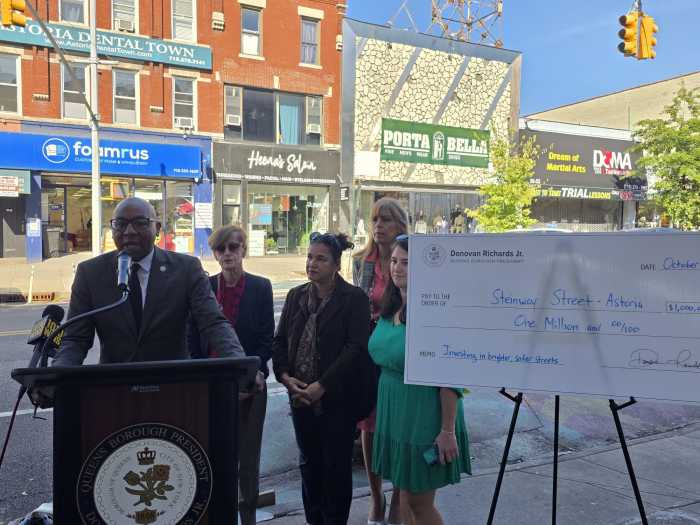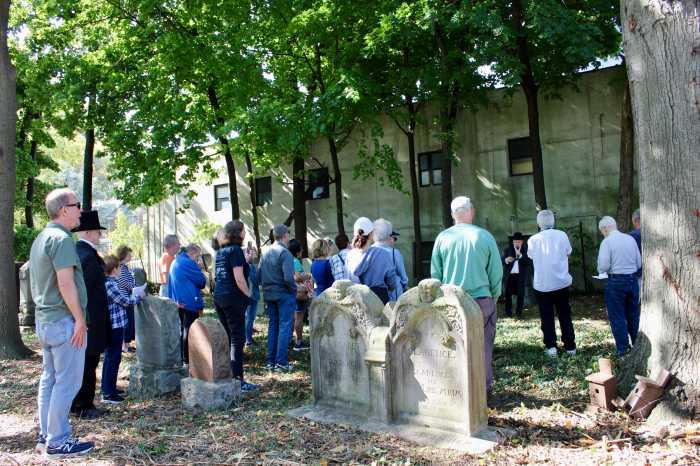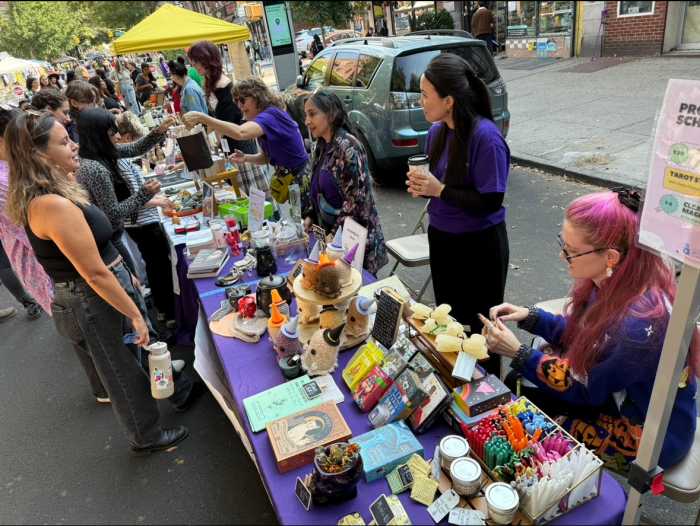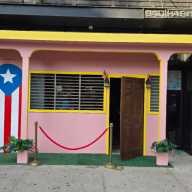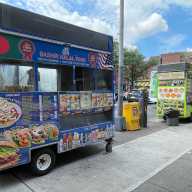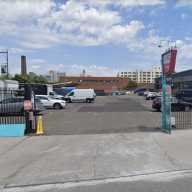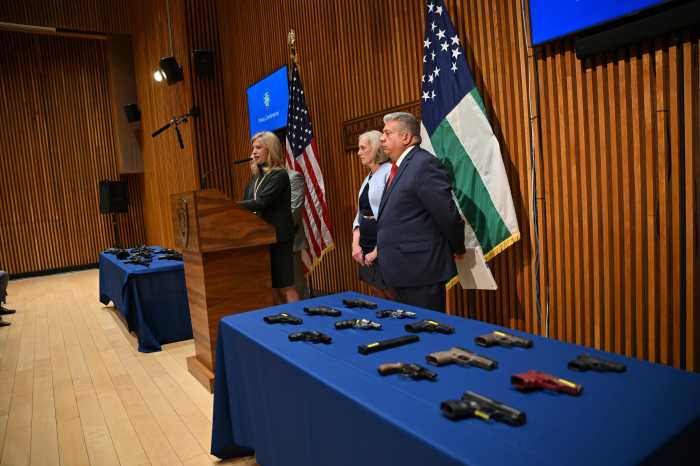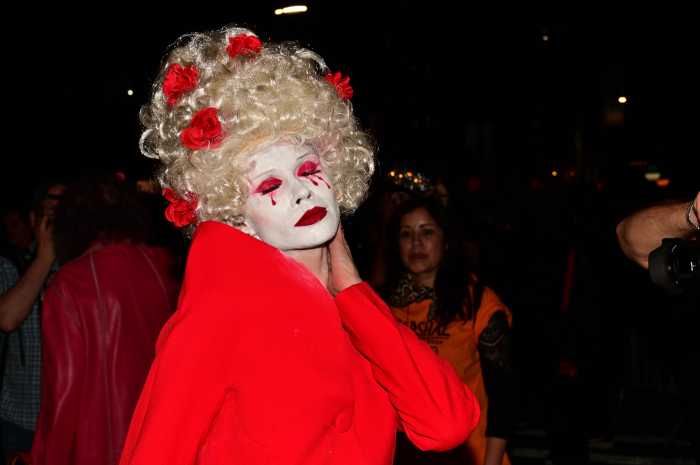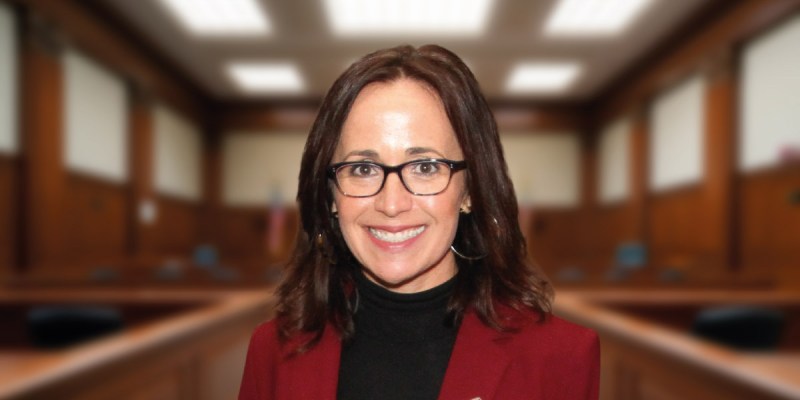Report Says Middle Class Is Shrinking
Queens was ranked in the top five of the most expensive urban areas in the country in a report on the city’s middle class released this month by City Council.
The report, titled the “Middle Class Squeeze,” analyzed how the city’s middle class has fared since 1989. It said that though the middle class has seen growth between 1989 and 2012, it is shrinking as a percentage of New York City’s working age population.
The study used the Area Median Income standard developed by the federal Department of Housing and Urban Development to define the middle class.
Not only has the number of middle class residents as a percentage of the total population gotten smaller, the overall median income of middleclass residents has as well, the report showed.
The cost of living in Queens is 54 percent higher than the national aver- age, trailing only Manhattan, Brooklyn, Honolulu and San Francisco, according to 2011 figures from the Council for Community and Economic Research in the study.
City Council Speaker Christine Quinn discussed the report’s findings in her State of the City address on Feb. 11.
“We need to make sure that the people who want to stay in our great city can afford to stay here,” she said. “We have no greater challenge or obligation to the families we represent than to tackle this problem head-on and deliver results. The future of our city depends on it.”
Quinn vowed to build 40,000 affordable, middle-class apartments over the next 10 years and suggested offering property tax caps for buildings with high-end market rate units that agree to set aside a number of units for affordable housing.
Housing costs make up a major part of the cost of living in Queens. The report said the borough is ranked seventh out of 300 U.S. metropolitan areas for high housing costs. Manhattan and Brooklyn ranked first and second, respectively.
But Assemblyman Mike Miller told the Times Newsweekly in an interview that the working class is very much alive in the communities he represents-Woodhaven, Ridgewood, Richmond Hill, Ozone Park and Glendale.
Miller noted that Queens is a large borough and the parts he represents are not reflected by those numbers.
“We’re all middle class people,” Miller said. “There are a lot of second generation people staying in the community. There’s a recovery here in the terms of houses being affordable.”

